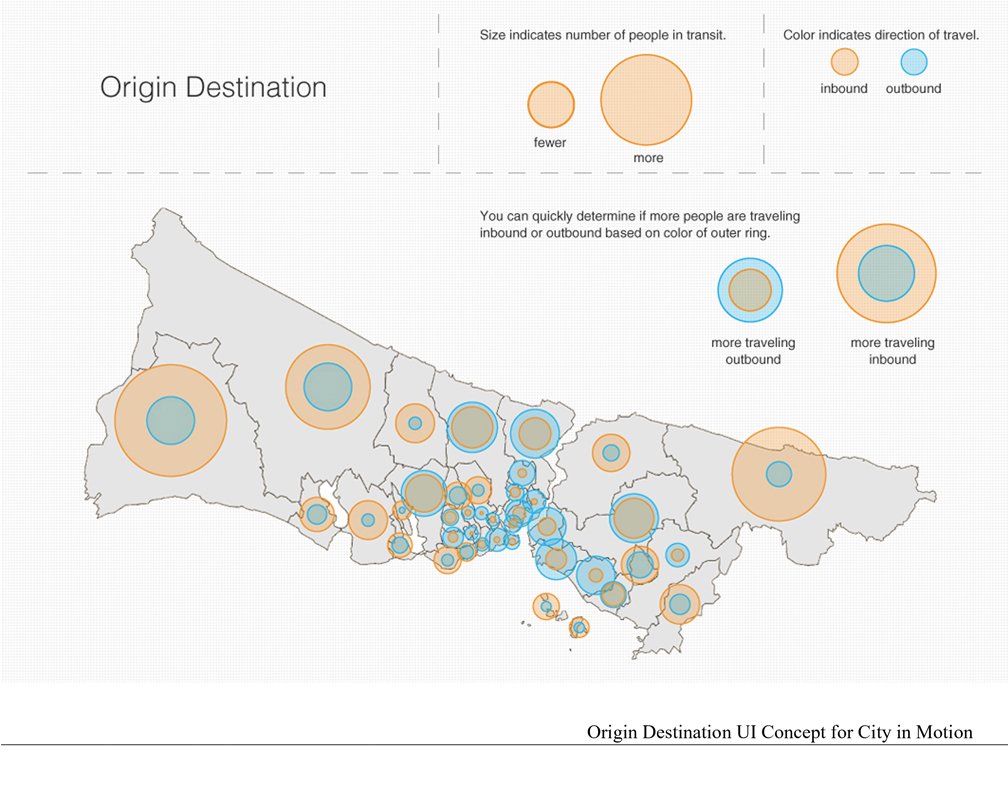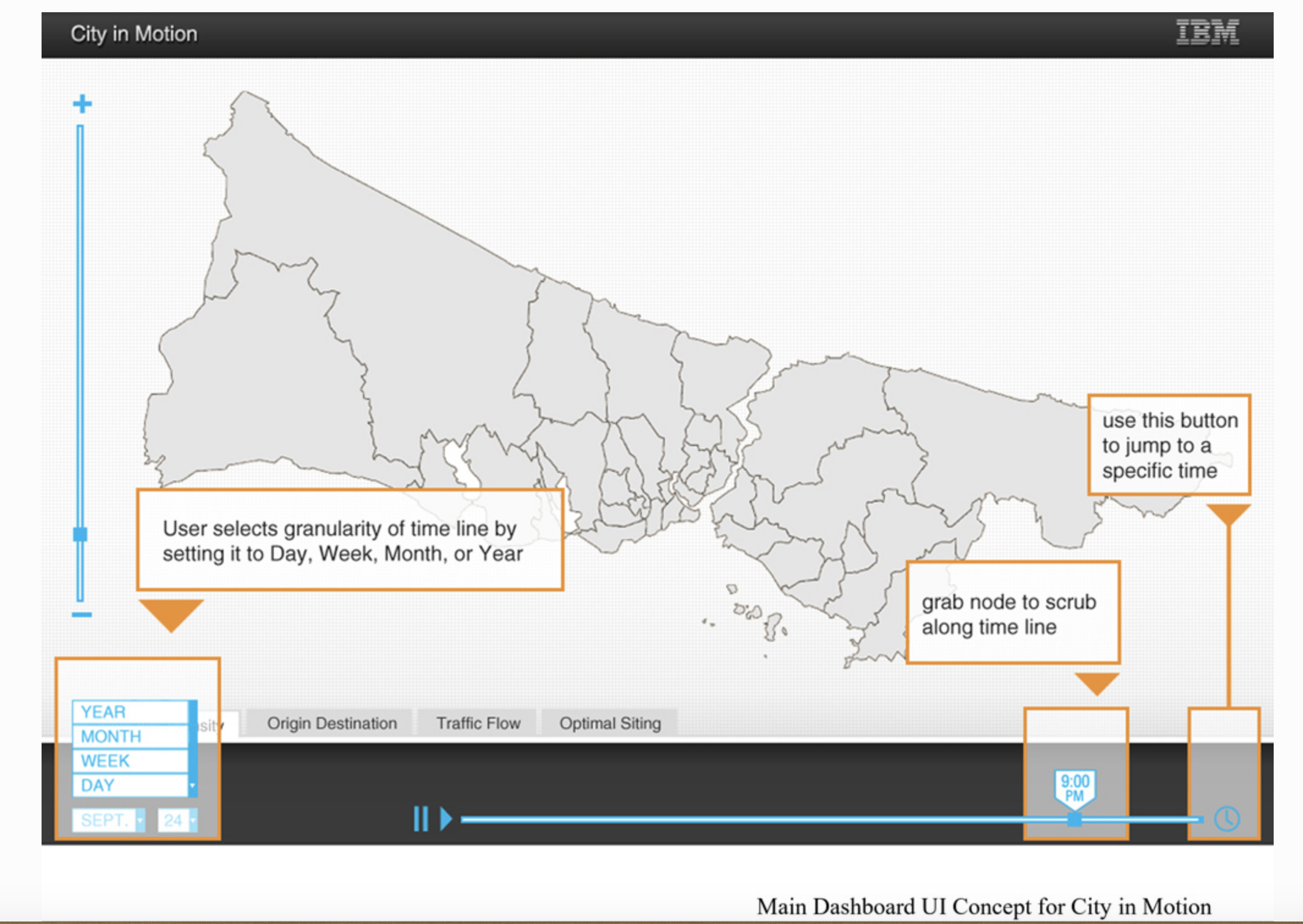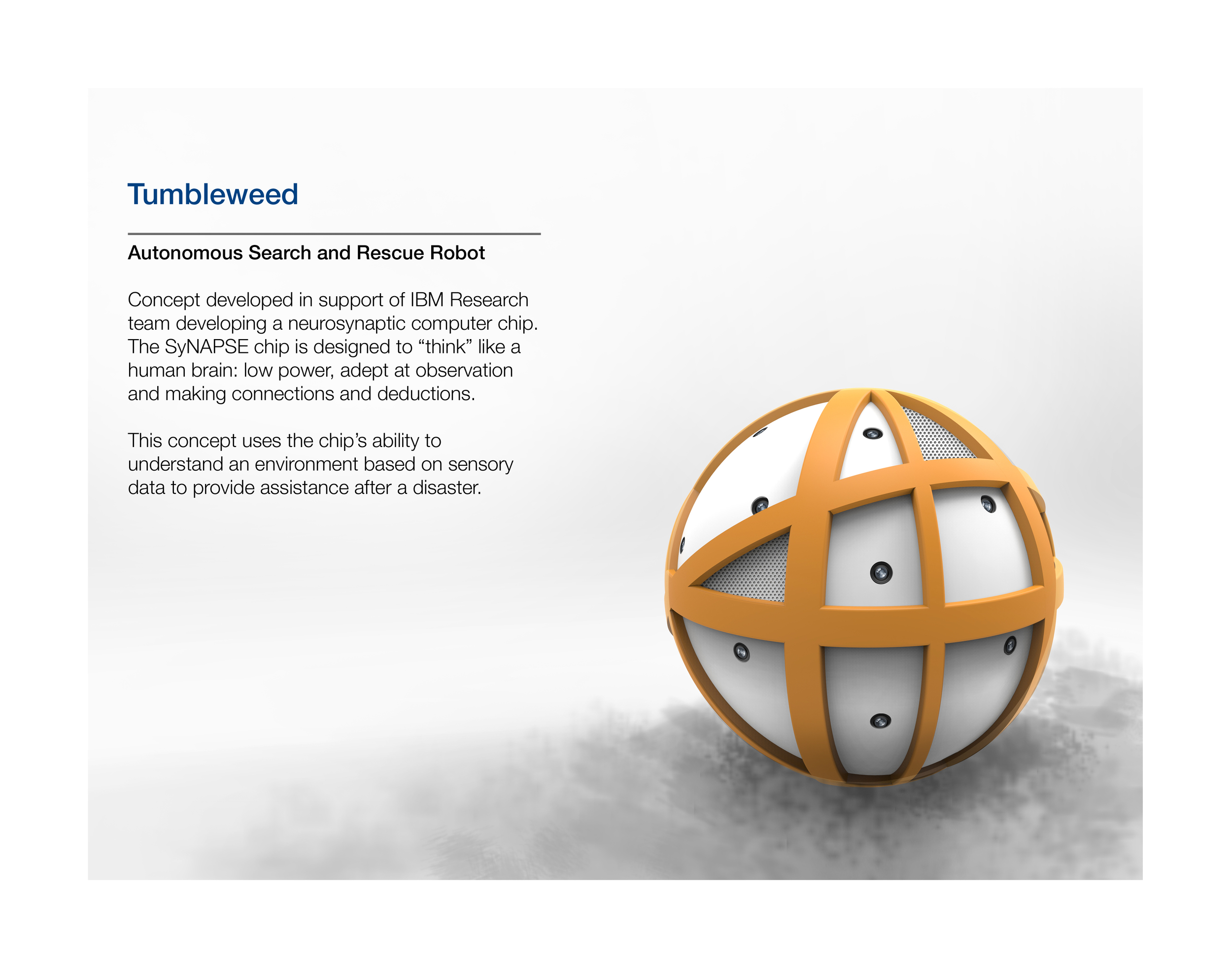IBM Research Projects
As a member of the IBM Hardware Design team, a responsibility I really enjoyed was collaborating with the IBM Research department. In this role, I worked with research teams who had a new technology they wanted to share with the world. These teams were aiming to communicate the value of their innovation to promote it and gain funding for further research. I would be briefed on the emerging technologies and design concepts that showcased how these advancements could drive innovation in a number of fields. I really enjoyed learning about the research department’s exciting work, and exploring exciting new concepts.
City in Motion
This user Interface concept is for an IBM Smarter Planet project that involves city planning and transportation. The software tracks movement through the cities to aid in planning and layout of area development as well as to create more effective roads and public transit routs.
IBM Synapse cognitive chip
This neurosynaptic chip has advanced sensory processing capabilities and the ability to draw conclusions about sensory input more organically than traditional computers; in a way that more closely mimics the human brain. In my engagement with this team, I learned about this new chip and explored new concepts that would highlight how these capabilities could be utilized. I developed two concepts which were used in promoting the new chip and gaining additional research funding.
These concepts include the “tumbleweed”, an autonomous reach and rescue robot which would be deployed after a natural disaster to survey the area and look for survivors. Each Tumbleweed would be equipped with cameras, microphones, GPS, olfactory, and temperature sensors. Deployed in a group, these robots could communicate with each other to quickly create a detailed map of the area, and alert rescue crews to potential dangers, map a safe paths to survivors, and serve as a communication device between survivors and rescue crews.
Home Health Wand
Using the same SYNAPSE technology, I developed another concept for home health monitoring. This concept integrates visual, temperature, and olfactory sensors to collect patient information to provide an initial diagnosis or monitor an exiting condition. This information can be shared with a doctor to help patients understand their best treatment options.








